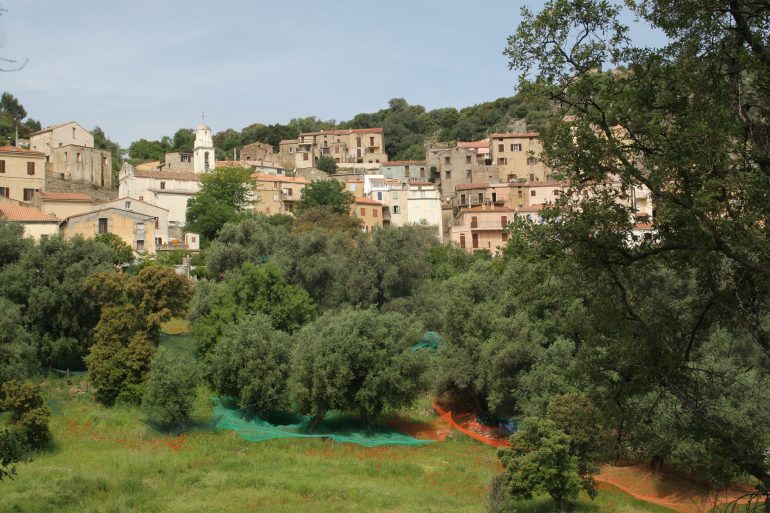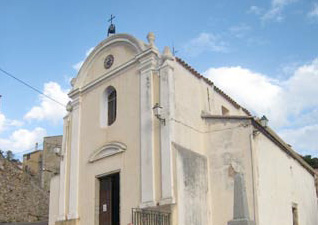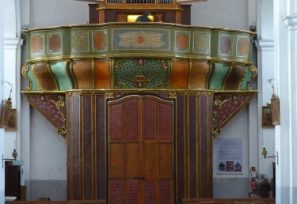Plenitude and serenity... The village makes the perfect retreat for anyone eager to get away from the crowded coast.
Formerly attached to the municipality of Calenzana, a kilometer away, with which it formed the Pieve of Olmia, it became an independent municipality during the Revolution. It offers the softness of a secluded village and owes its existence to the disappearance of the villages of Bolabola, Carlicchie and Scopoline. The village was endowed with a popular government in the 13th century, before being chosen as a stronghold by lords named Maraninchi. Its territory is represented by a small plain open to the west and surrounded by small chains of medium mountains. The cultivation of olive trees and pastoralism are the essence of the small local economy. Spared by the terrible fire of Montegrosso in 2005, the town has preserved its olive trees. The plain is watered by the stream of Vignali which will swell the stream of Pelliciani (Calenzana) shortly before its confluence with the river Figarella. The latter delimits the territory of the municipality over part of its course, from the Figarella bridge in the south to the footbridge in the north. The village continues to produce honey, cheese, olive oil, while a quiet life with its feast days and the beautiful procession of August 16, dedicated to San Roccu is the ideal refuge for those who wish get away from the crowds of the coastline. Sights... Parish church of San Roccu (Saint Roch): Baroque church built to replace the old chapel of San Tumà (Saint Thomas). It features a multi-level bell tower. Saint Roch is carried in procession by the villagers on 16 August, when Mass ends with a distribution of blessed bread. Castel di Cupulinu Saint-Thomas Chapel The wash house, drinking trough and fountain on either side of the road
Features
-
Visit
-
Individual visit :
-
Group visit :
-
Individual visit :
To know
-
Animals welcome
Pets not accepted










